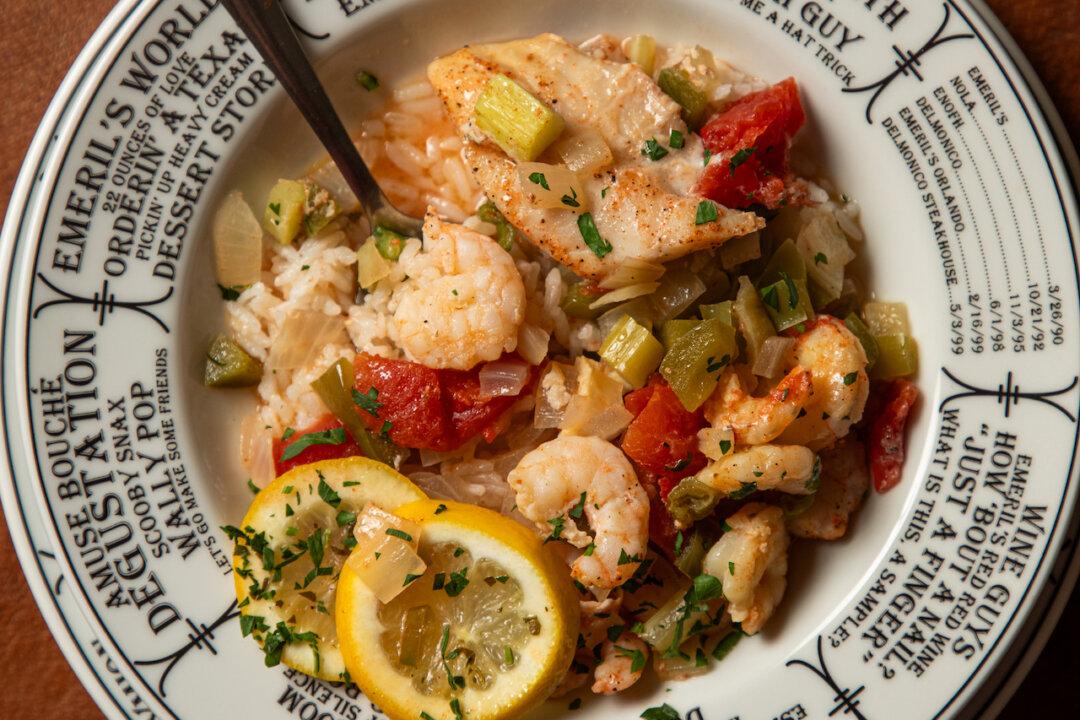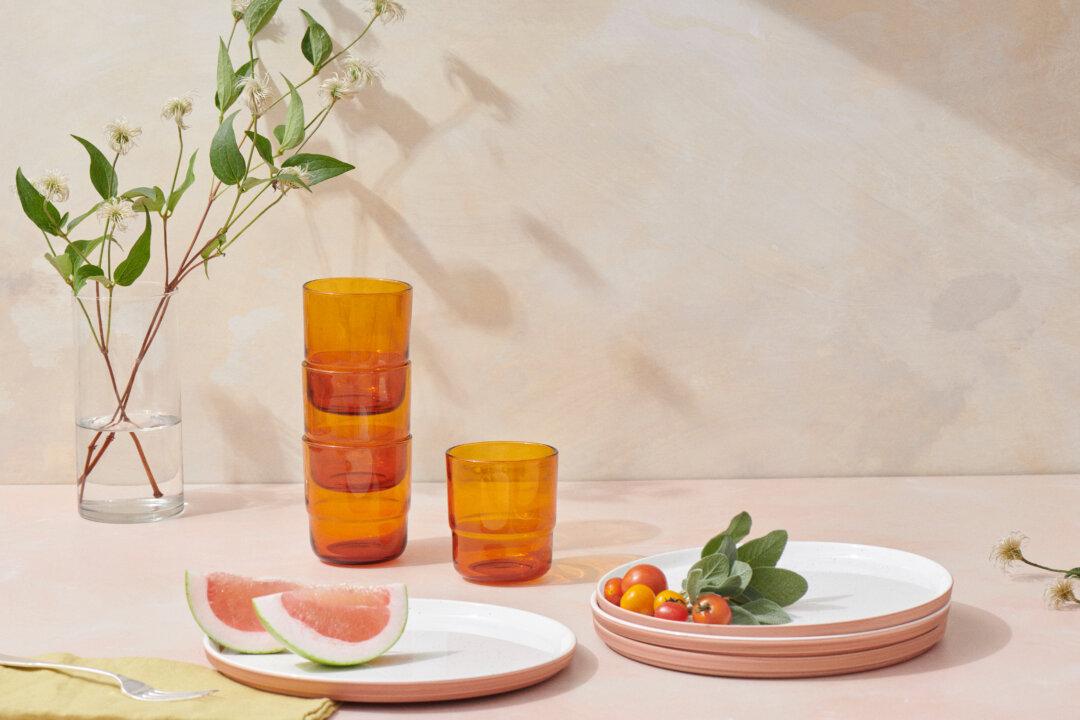I stood at the fork of the walking path near the Rock Close at Blarney Castle in County Cork, Ireland, and listened to the songbirds while watching the sheep graze contentedly in a far pasture. Turning toward Blarney Lake, I embarked on a peaceful, breathtaking circuit of the 21-acre body of water. Ireland’s beauty was more wild and rugged than I had expected. It seemed to be taking me on a journey, slowly unwinding and revealing itself until I, like so many others, was spellbound by its magic.
An opportunity to join my husband on his work trip this spring landed me in Ireland for the first time, and gave me three glorious days to explore County Cork with total independence. Enjoying my newfound, freedom, I wasted no time in trying to soak up the history and stunning scenery around me.

Day 1: Cork City
Located in the south of Ireland, Cork is often referred to as Ireland’s second capital. I decided to spend my first day in Cork City.
Since its origin as a monastery in the seventh century, the site of the cathedral has been a place of worship. The cathedral itself—complete with its gorgeous stained-glass windows, stone carvings, and ornate organ—was finished in the 19th century.

Day 2: Blarney Castle
A tower house built between the 15th century and 17th century, Blarney Castle is located about 5 miles northwest of Cork City in Blarney Village. As intriguing as the castle itself was—what with its murder hole and a stone said to give the gift of eloquence to anyone who kissed it—the grounds were breathtaking.I spent several hours working my way through the lush fern garden, strolling the winding pathways of the woodland walk, and reading about every plant in the poison garden. I could have walked all day and still not have seen the whole thing; this is where the endless, varied beauty of Ireland really began to captivate me. The gardens were filled with hidden doorways and ivy-covered walls, waterfalls, and enormous trees.

The Blarney Stone is reached by a steep, continuous flight of 100 steps to the top of the tower. It is believed that those who kiss the stone will be given “the gift of the gab.” In the past, a would-be kisser had to be dangled by the ankles over the side of the tower in order to kiss the stone. Thankfully, modern protocols have made this much safer and easier. Ronald Regan and Winston Churchill are both said to have kissed it.

Day 3: Cobh
By my last day in Ireland, I was so intrigued by the country’s history that I took the train to the beautiful seaside town of Cobh. I spent the morning exploring the Cobh Heritage Centre, learning about the devastating effects of the potato famine and the history of Irish emigration. The museum also explores Ireland’s fascinating journey to independence from the UK more than 100 years ago.

With its rich, varied history, lush landscape, and beautiful buildings, County Cork is well worth a visit. I know I have yet to experience so many of the county’s gems: the harbor at Kinsale, the Copper Coast Geopark, the sunset at Killary Harbor. But I saw enough to rope me in, and I cannot wait to go back.






